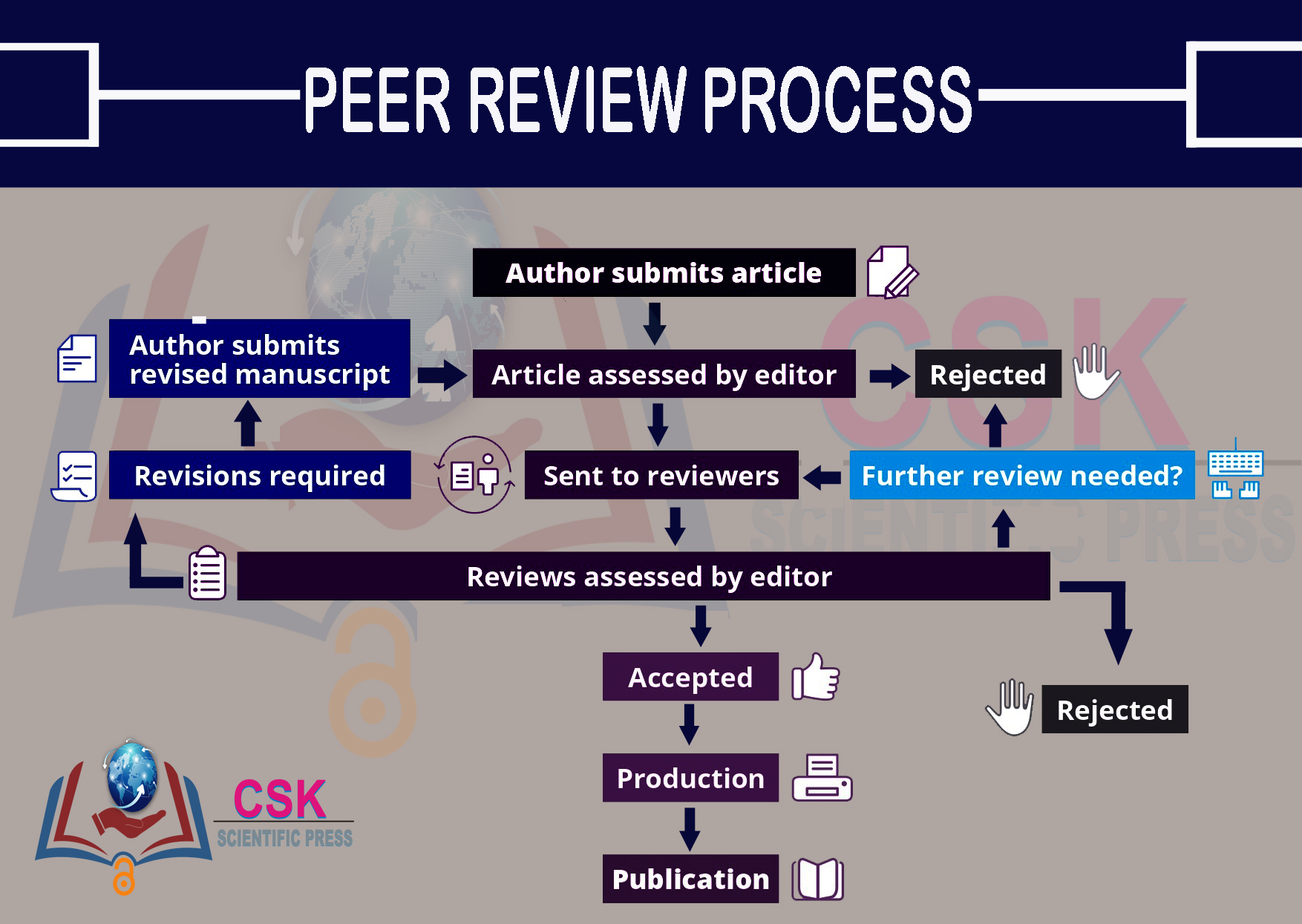Peer Review Process

The main purpose of peer review is to ensure that scientific journals publish high-quality research that benefits the entire scientific community.
Although some authors may find the peer review process daunting, it is important to keep in mind that revisions and improvements are an essential part of the publication process, and can ultimately enhance the quality of your manuscript.
Peer review is a valuable process that helps validate the scientific validity of the research reported in a manuscript. Peer reviewers, who are experts in the field, volunteer their time to provide authors with free advice and feedback to improve their manuscripts.
Through peer review, manuscripts can become more robust by addressing gaps in the research and conducting additional experiments where necessary. Reviewers can also provide feedback to make the manuscript more readable and understandable, which is crucial for effectively communicating research findings to a broad audience. Additionally, peer reviewers consider the relevance and significance of the research to the scientific community and can offer suggestions to enhance its impact.
In addition to providing authors with feedback, peer review ensures that the manuscripts published in a journal meet the journal's standards and objectives.
Journals use various types of peer reviews, including closed, double-blind, and open reviews. Regardless of the type, the fundamental purpose is to have field experts provide constructive feedback to improve the manuscript. A closed review involves the reviewers knowing the authors' identities, but not vice versa. Double-blind review means that neither the authors nor the reviewers know each other's identities. An open review involves the reviewers knowing the authors' identities, and in some cases, the reviewers' reports may be published alongside the final manuscript.
